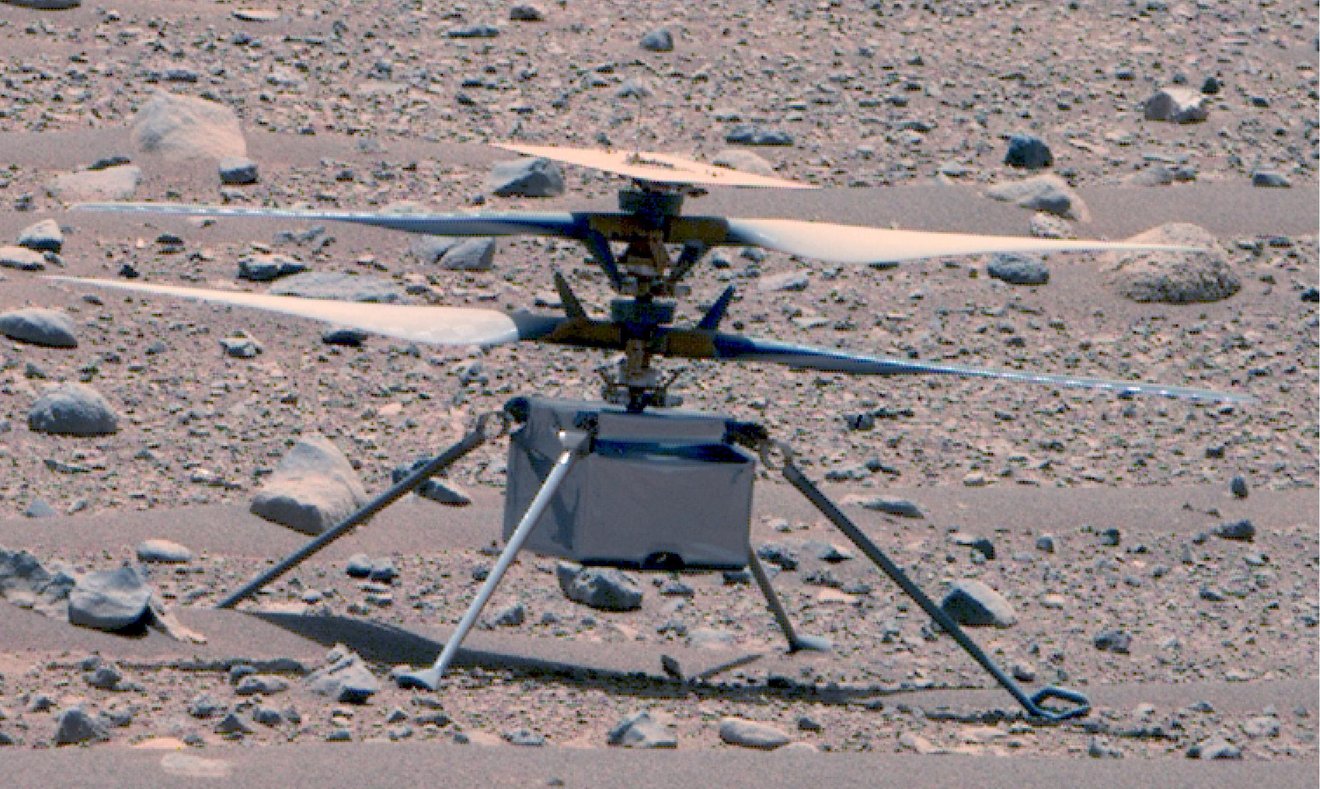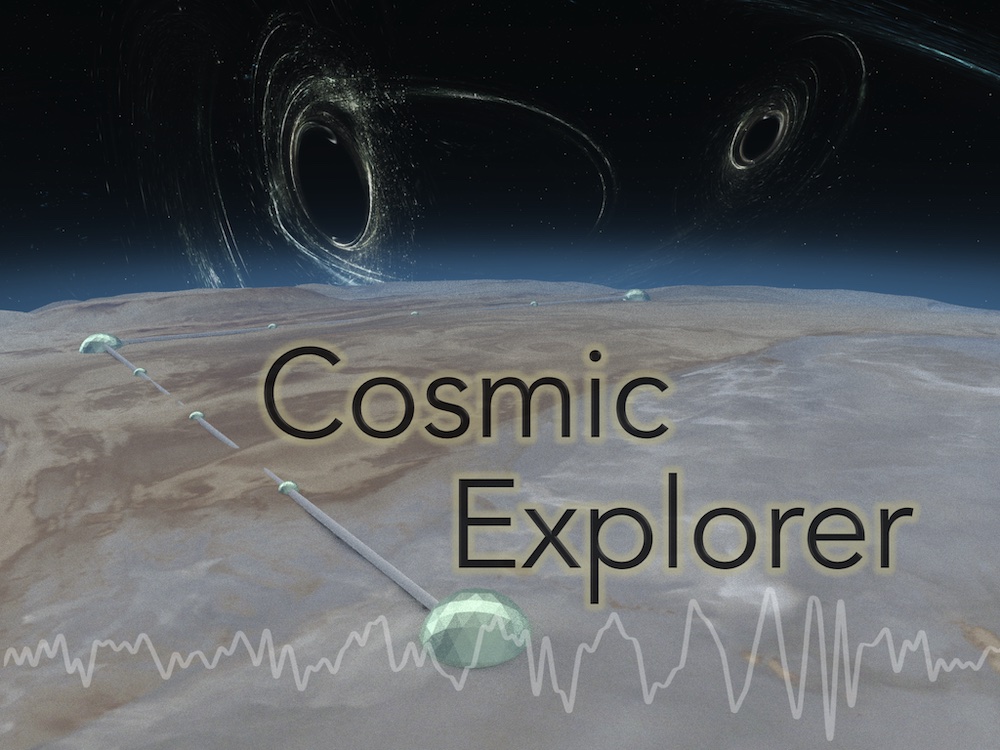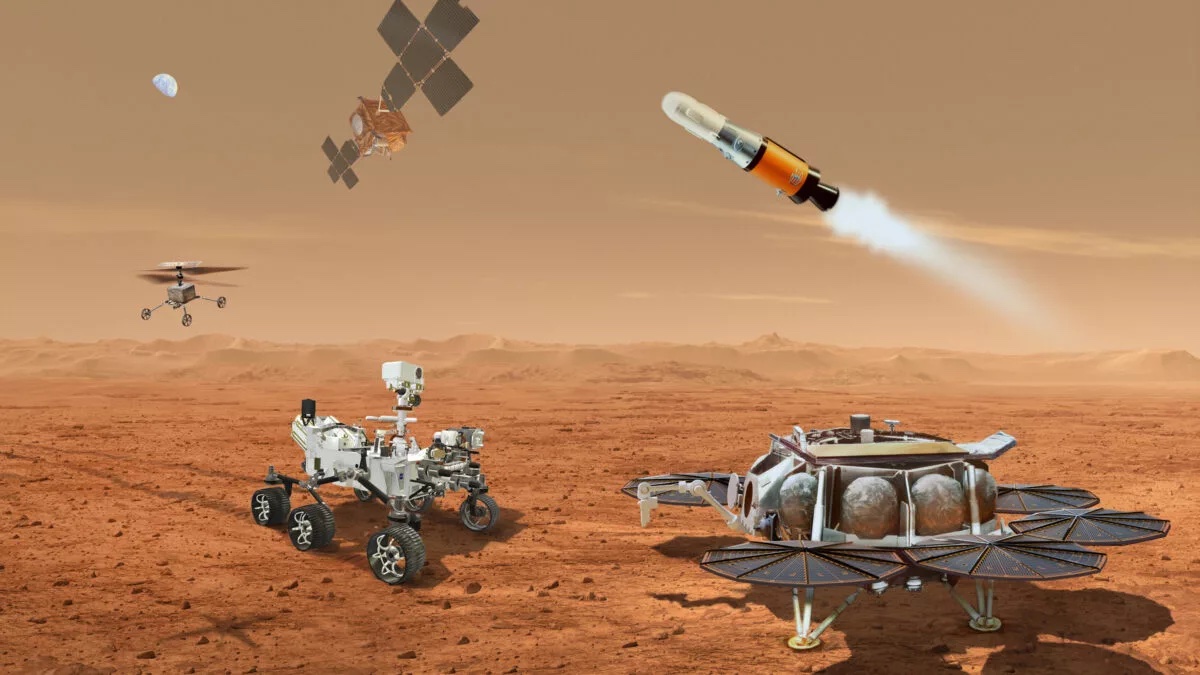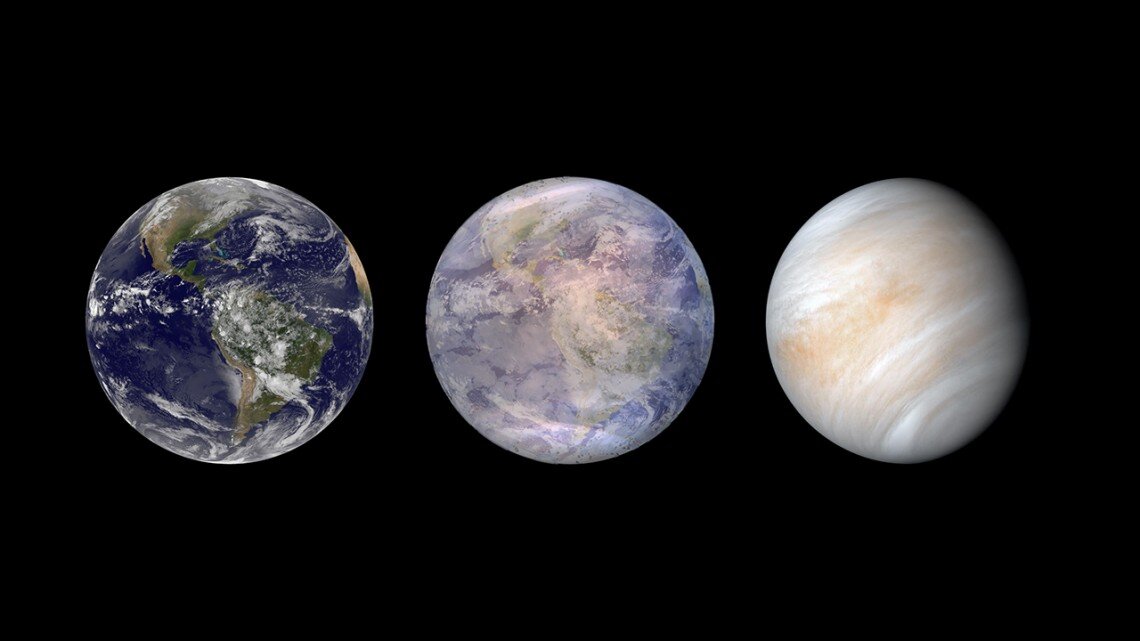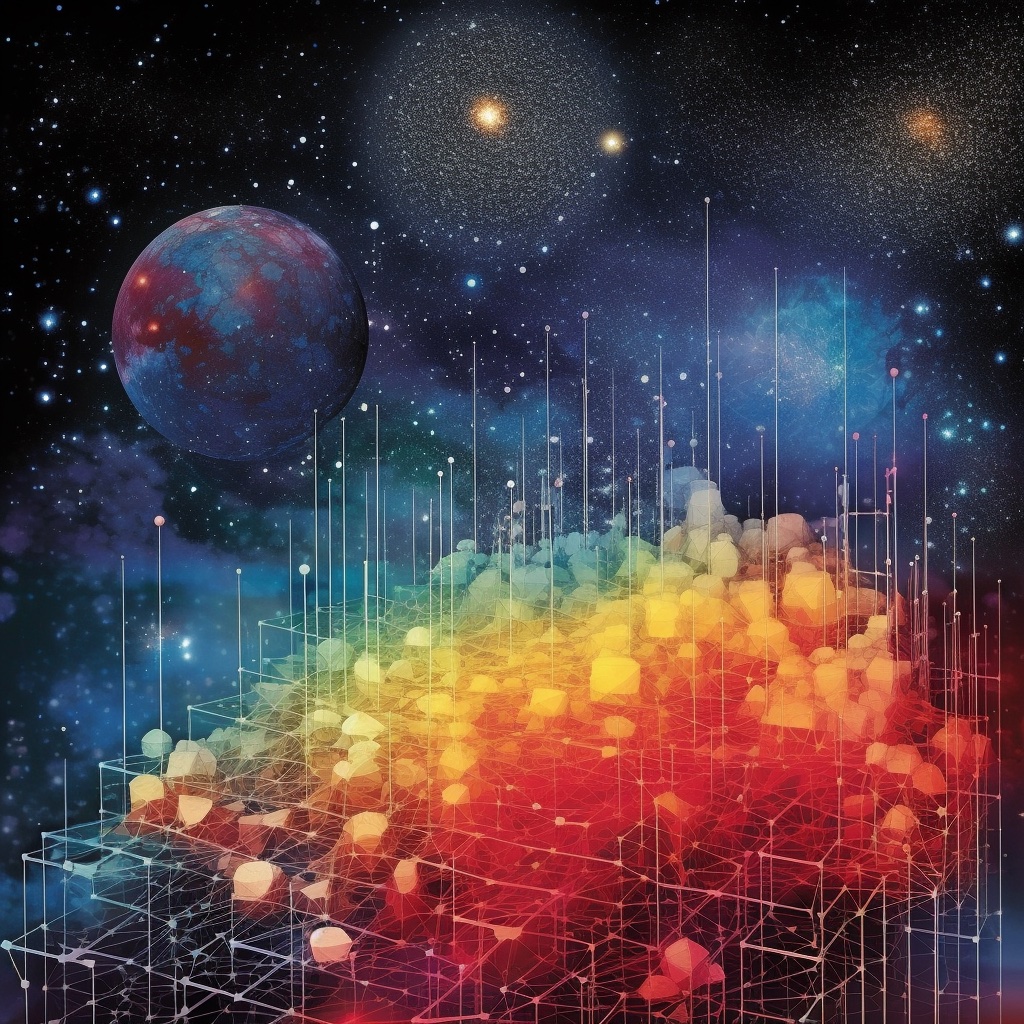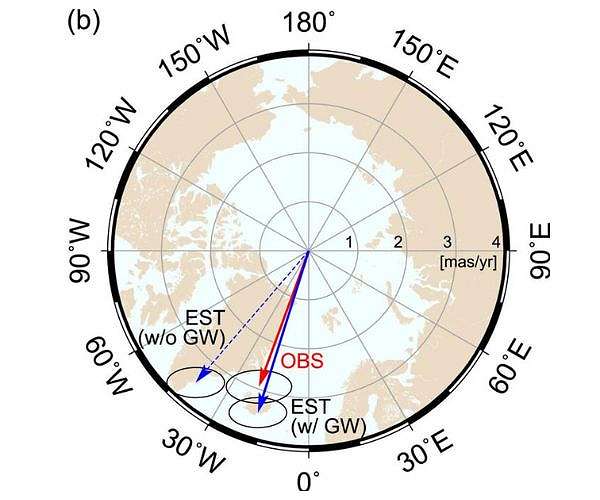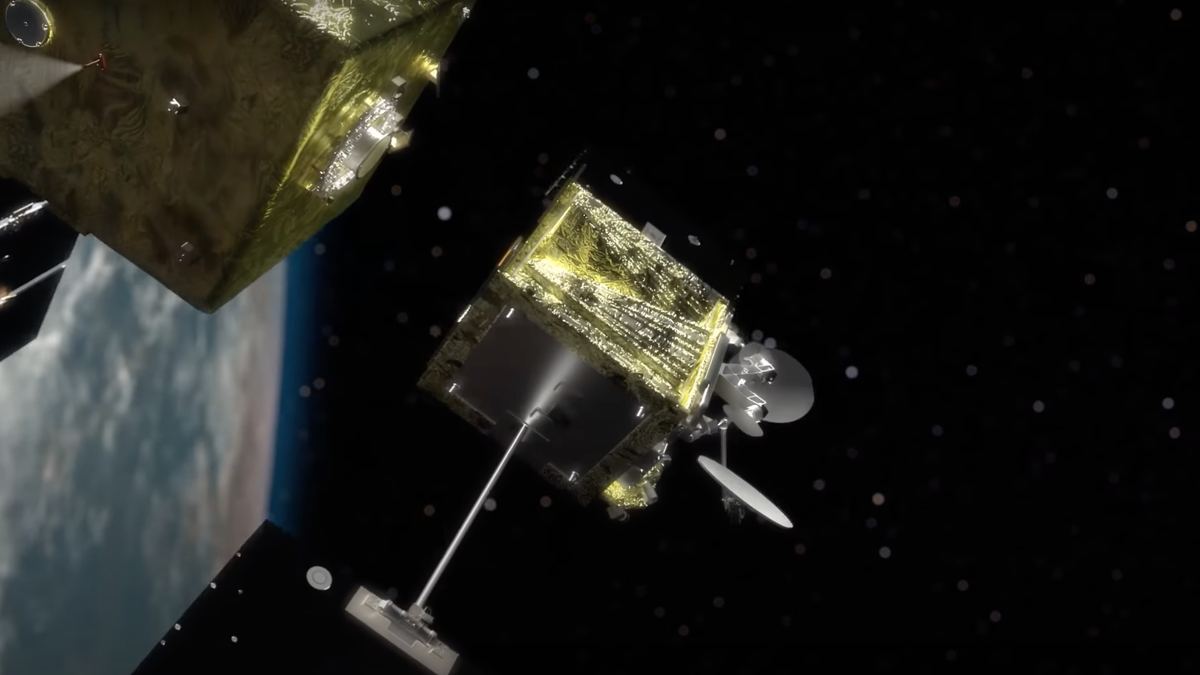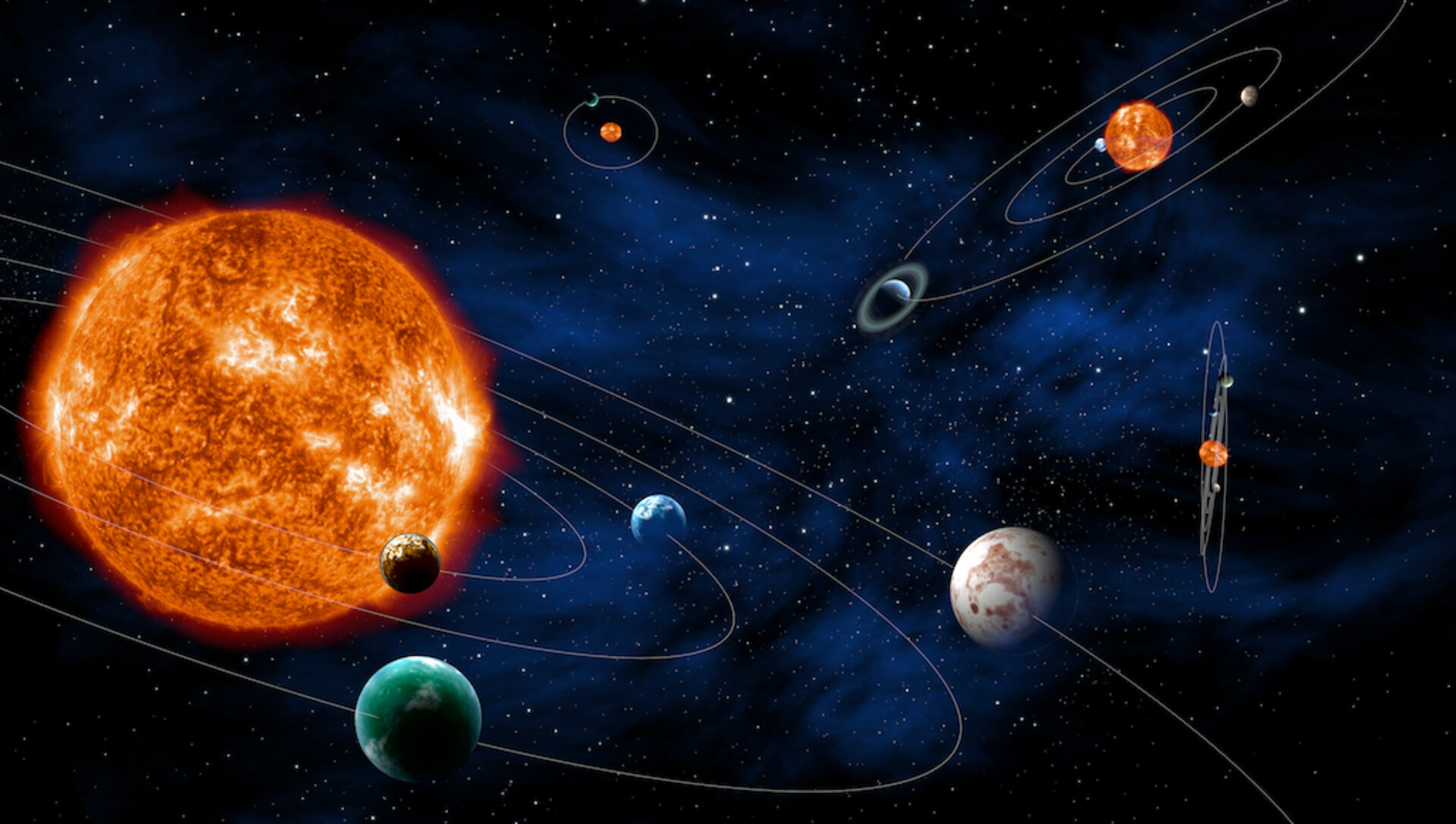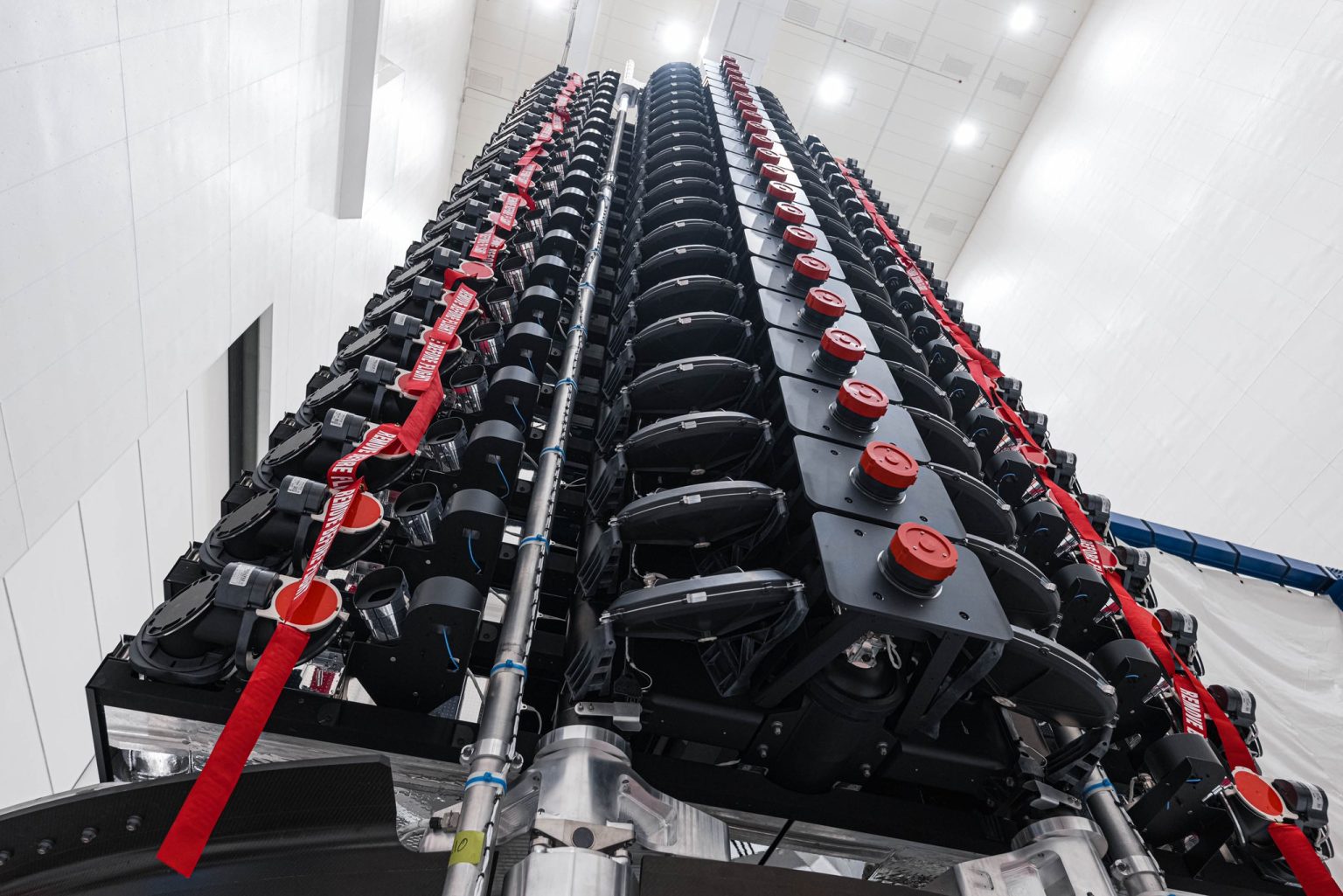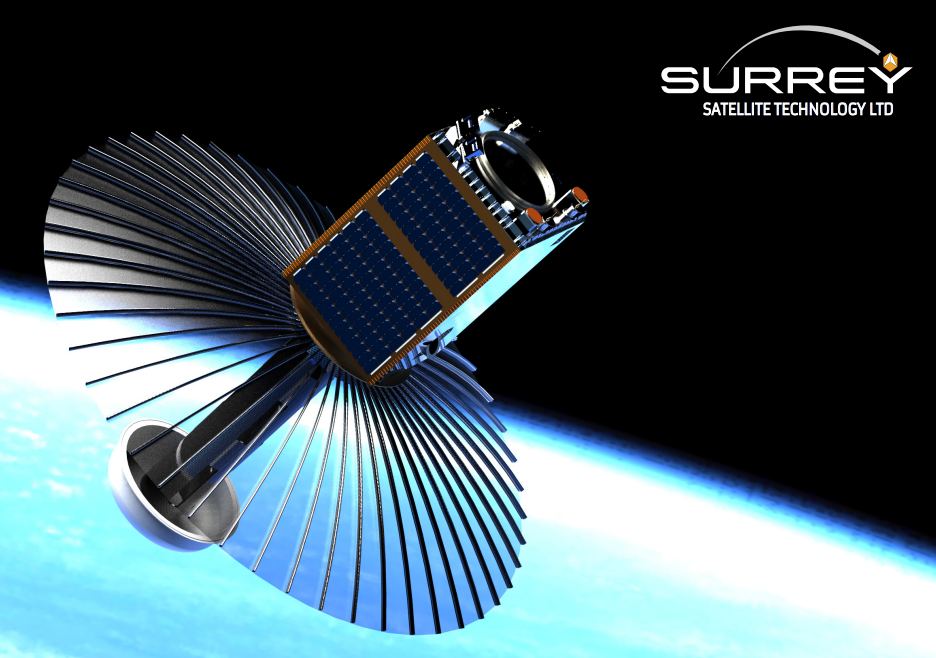One of the most exciting success stories we’ve been able to report on repeatedly here at UT is that of the Ingenuity helicopter. Not only has it racked up several firsts for humanity, most notably the first powered flight of a craft on another planet, but it has provided both a new perspective and new scientific data to its operations team. It’s also consistently stayed ahead of its companion on the Red Planet – Perseverance, the rover it originally launched from. Sometimes, that causes a scary waiting period for the helicopter’s operations team.
Continue reading “After 63 Days of Silence, NASA Has Restored Communications with the Mars Helicopter”Next Generation Gravitational Wave Detectors Could Pin Down Dark Matter
Gravitational astronomy is a relatively new discipline that has opened many doors for astronomers to understand how the huge and violent end of the scale works. It has been used to map out merging black holes and other extreme events throughout the universe. Now a team from Cal Tech’s Walter Burke Institute for Theoretical Physics thinks they have a new use for the novel technology – constraining the properties of dark matter.
Continue reading “Next Generation Gravitational Wave Detectors Could Pin Down Dark Matter”The Mars Sample Return Mission is Starting to Look Expensive
We say it all the time here at UT – getting to space is hard. It’s even more hard to do new and interesting things in space. And when projects get hard, that usually means they cost more money. That is certainly the case for one of the most anticipated missions on NASA’s current docket – the Mars Sample Return (MSR) mission. And it’s not looking like it’s going to get any easier anytime soon.
Continue reading “The Mars Sample Return Mission is Starting to Look Expensive”How Close Can a Planet Get to a Star and Still Be Habitable?
In exoplanetology, the ring around the star is often called the “Goldilocks zone,” in reference to the 19th-century fairy tale Goldilocks and the Three Bears. In that story, Goldilocks encounters sets of three objects that are either too extreme for her liking or just right. In the case of a bowl of porridge, the three are too hot, too cold, and just right, hence the analogy to an exoplanet’s position around its star. If it’s too close to its parent star, the planet is too hot, and liquid water, the necessary ingredient for life, won’t exist. If it’s too far, the planet is too cold, and the only water on its surface will be ice. But even the “just right” category has some wiggle room. Many planetary scientists consider Venus to be on the inner edge of our star’s “just right” habitable zone. So why did it end up with such a different fate than our pale blue dot? A team of researchers, led by Lisa Kaltenegger at Cornell, think they have found a way to answer that question – by turning the world’s most powerful space telescope towards a star about 100 light years away and directly observing an exoplanet’s atmosphere.
Continue reading “How Close Can a Planet Get to a Star and Still Be Habitable?”AI Could Help Astronomers Rapidly Generate Hypotheses
Almost anywhere you go on the internet, it seems nearly impossible to escape articles on AI. Even here at UT, we’ve published several. Typically they focus on how a specific research group leveraged the technology to make sense of reams of data. But that sort of pattern recognition isn’t all that AI is good for. In fact, it’s becoming pretty capable of abstract thought. And one place where abstract thought can be helpful is in developing new scientific theories. With that thought in mind, a team of researchers from ESA, Columbia, and the Australian National University (ANU) utilized an AI to come up with scientific hypotheses in astronomy.
Continue reading “AI Could Help Astronomers Rapidly Generate Hypotheses”The Earth’s Rotational Pole has Shifted from All the Groundwater We’ve Pumped Out
Earth is, in many ways, a water world. Around two-thirds of its surface is covered in water, and the oceans that provide that cover make up over 96% of all water on Earth, according to the US Geological Survey. Glaciers and ice caps make up another 1.74%, but groundwater is the third most plentiful source at 1.69% of all water available on Earth. That’s an astonishing 23.4 million cubic kilometers of the stuff, dwarfing the mere 176,000 cubic kilometers contained in all the lakes in the world. But that does not mean the total amount of groundwater is unlimited, and removing it can have a lasting impact on more than just the people who use it for bathing and drinking. A new study points to how humans pumping out groundwater impacts Earth’s rotation.
Continue reading “The Earth’s Rotational Pole has Shifted from All the Groundwater We’ve Pumped Out”A New Mission Will Grab Dead Satellites and Push Them Into the Atmosphere to Burn Up
Plenty of news stories have focused on the danger posed by Kessler syndrome. In this condition, space is made inaccessible by a cloud of debris surrounding our planet that would destroy any further attempts to get into orbit. Therefore, plenty of companies have sprung up that problem to take care of the problem, from blasting derelict satellites with lasers to helping to refuel them; lots of business models have been created to capture this opportunity. One of the farthest along is Astroscale. This British start-up is tackling the problem with one of the more conventional techniques – linking up with an existing satellite to deorbit it. And recently, they released a promotional video for their new project – the ELSA-M.
Continue reading “A New Mission Will Grab Dead Satellites and Push Them Into the Atmosphere to Burn Up”Can We Predict if a System Will Have Giant Planets?
Prediction is one of the hallmarks of scientific endeavors. Scientists pride themselves on being able to predict physical realities based on inputs. So it should come as no surprise that a team of scientists at Notre Dame has developed a theory that can be used to predict the existence of giant planets on the fringes of an exoplanetary system.
Continue reading “Can We Predict if a System Will Have Giant Planets?”Even Though They’re Bigger, Generation 2 Starlinks are Fainter than Gen 1
We’ve filed plenty of reports here at UT warning about the potential impact of Starlink and similar satellites on the field of astronomy. We’ve gone so far as to point out that the granddaddy of space-based telescopes – Hubble – has already had some of its images tarnished by passing Starlink satellites. However, SpaceX has been aware of the problem and is working to limit their product’s brightness. The recently launched Gen2 satellites seem to have made a significant step forward – research from a team of amateur astronomers finds that the new Gen2 Starlinks are more than 10x fainter than previous Gen1 iterations.
Continue reading “Even Though They’re Bigger, Generation 2 Starlinks are Fainter than Gen 1”Two English Companies are Cooperating to Bring a Novel Antenna Architecture To Space
Technology Readiness Levels (or TRLs) are commonly used in the space industry to determine what level of development a technology has undergone. For space technologies, eventually, they get to a TRL where they have to be used in space. In some cases, that can be difficult, as getting a ride on a launch is both risky and expensive. So it’s good news for Oxford Space Systems (OSS) that they penned an agreement with Surrey Satellites Technology Ltd (SSTL) to prove one of their new technologies on an actual flight.
Continue reading “Two English Companies are Cooperating to Bring a Novel Antenna Architecture To Space”
